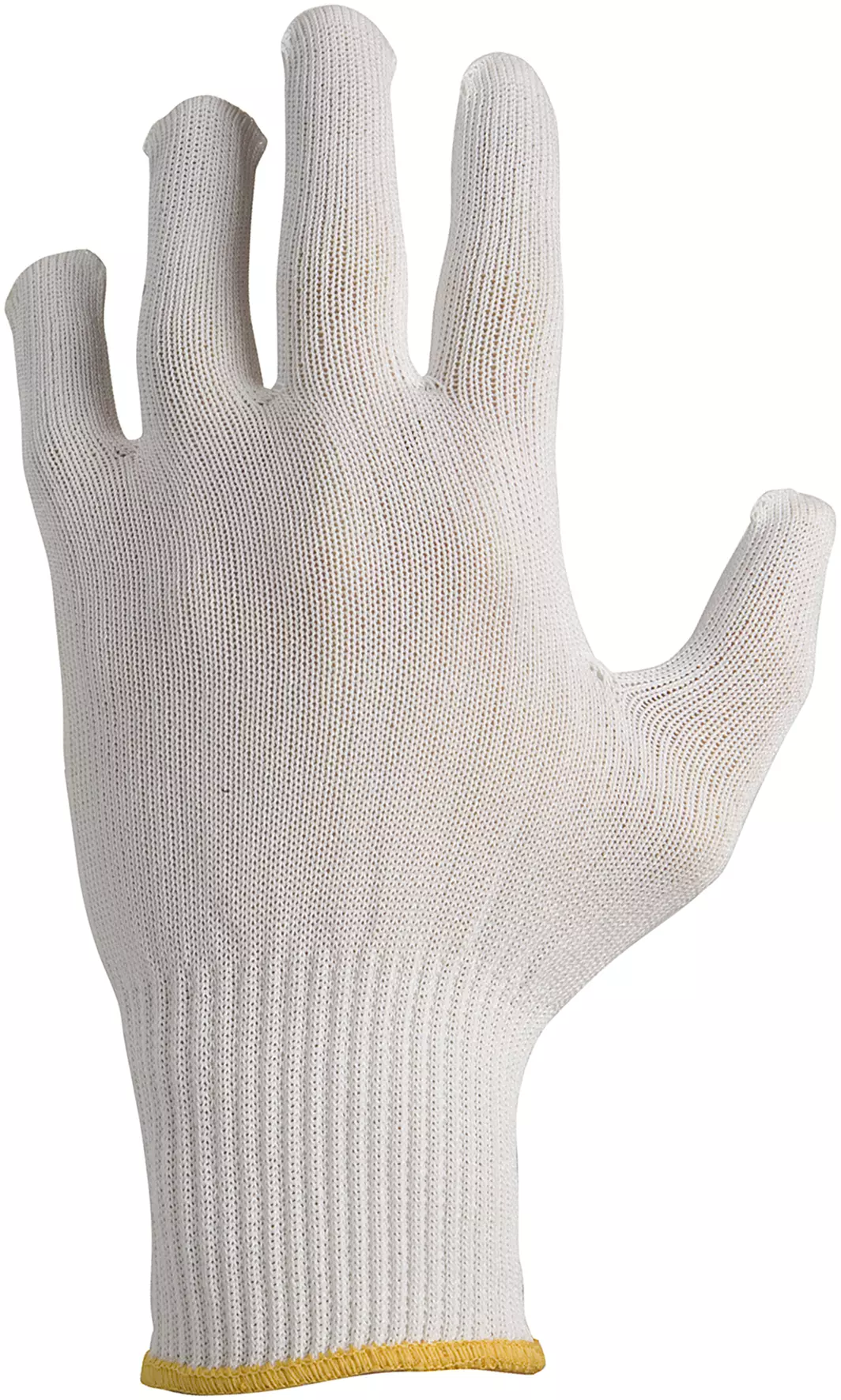The product is not available in Germany
Change the country of delivery or ask for an alternative for product code TEG-992 by contacting one of our product experts.
Loading products...

Tegera Synthetic Glove 992
Tegera Synthetic Glove 992
5 / 5
Get help from our experts
You can pay with any of the following popular payment methods:
Get in touch with our customer support if you need help
Get help from our experts